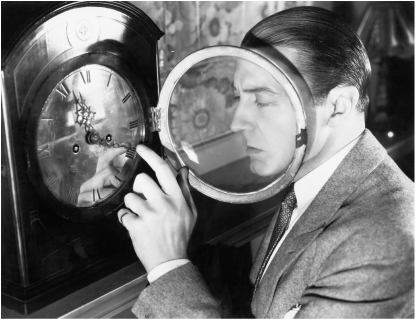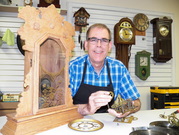Clocks made after World War II
The time on post-World War II clocks can usually be set by moving the minute hand either clockwise or counter-clockwise. If you move the minute hand counter-clockwise, the clock will take up to an hour to re-sequence its chimes. While it is re-sequencing itself, the clock will not strike the quarter hours. Once the minute hand passes the top of the hour ("12") it should chime correctly again.
3 Comments
2/11/2021 06:24:21 am
It really helped when you mentioned how to set the time on antique clocks. I want to purchase a clock to add style to my home's living room. I'm looking at how to take care of one and what to do if it stops working, and I believe your information will help me a lot. I appreciate your tips about how to repair a clock.
Reply
3/22/2022 01:43:23 am
It's good to know that we can simply move the minute hand to set the time on clocks made after World War II. I think ours need repair since it's not working even if I move the minute hand. I think it's time to bring the clock to a full-service clock repair near our place to make sure that it will work again.
Reply
Allen J Nixon
11/27/2023 07:14:05 pm
my 1890 circa french clock works and keeps good time. However it wont dong on the hour and half hour. only makes a rattling sound. It is also out of sequence like at 1pm it will rattle 7 times. How do i fix this problem.
Reply
Leave a Reply. |
Mike SarchetI am passionate about restoring and repairing antique clocks. In this blog I answer commonly asked questions about how to care for your clock. Frequently Asked Questions:
|
|
Email: mike@wiseowlclock
repair.com |
|



